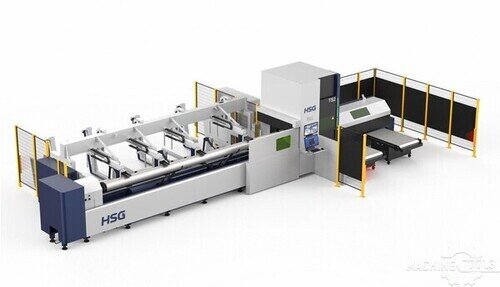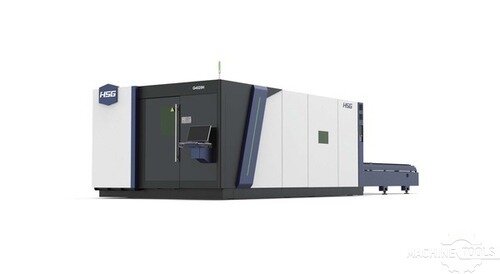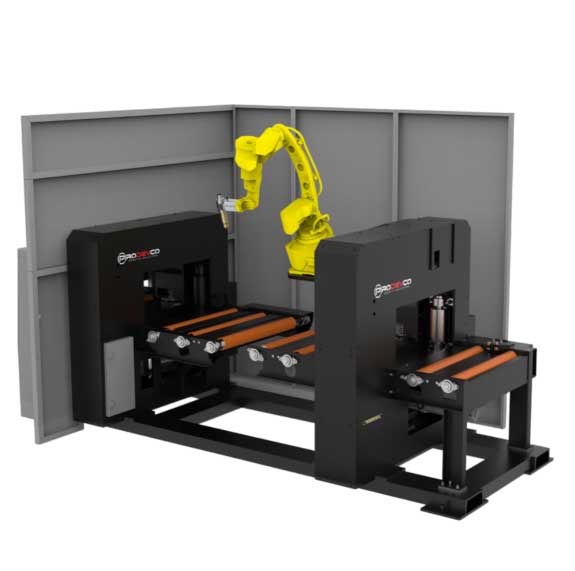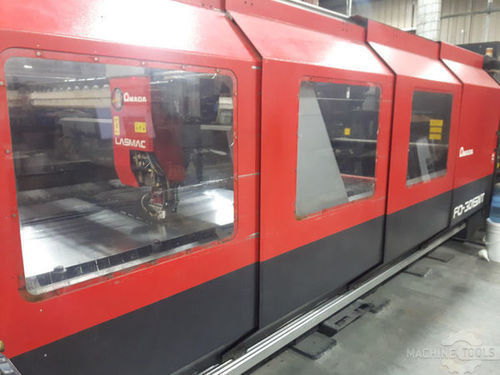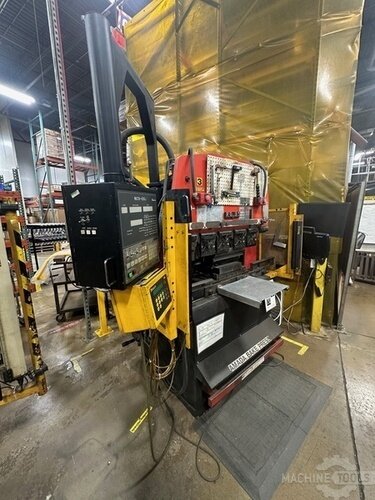At Mac-Tech, where I’ve been a Sales Executive for several years, helping clients choose the right fiber laser power for their applications is more than just part of my job—it’s a passion. Every client I meet has unique needs and challenges, and it’s my responsibility to guide them towards the best solution for their specific situation. My goal is to ensure they feel confident in their investment, knowing it will deliver optimal performance for their business operations. I believe in building strong relationships through trust, understanding, and tailored advice, which is why I take a consultative approach to every interaction.
Understanding Client Needs for Optimal Laser Power
When a client approaches me about selecting the appropriate fiber laser power, the first step is always understanding their specific needs. I start by asking detailed questions about their current production processes, the materials they work with, and the types of cuts they need to make. This helps me get a clear picture of what they are trying to achieve and the challenges they face. Often, clients know they need a laser but aren’t sure what power level will best suit their application, and that’s where my expertise comes in.
The next part of the process involves evaluating their production volume and precision requirements. Some clients are focused on high-speed cutting for mass production, while others need precision for intricate designs. Understanding these nuances allows me to recommend the most suitable laser with the right power, ensuring they get the performance they need without overspending on unnecessary capabilities.
I also consider the future growth of their business. Many clients are looking to expand their operations, and I help them choose a solution that can scale with their needs. This foresight often saves them from having to make another significant investment sooner than expected.
Educating Clients on Fiber Laser Power Options
One of the most rewarding parts of my job is educating clients about the different fiber laser power options available. Many clients are initially overwhelmed by the variety of choices, but with some guidance, they quickly become more comfortable. I explain the differences between lower power lasers, which are ideal for thin materials and detailed work, and higher power lasers that can handle thicker materials and faster cutting speeds.
I take the time to discuss the technical aspects, such as beam quality and efficiency, in a way that is easy to understand. It’s important to me that clients feel informed and empowered to make the best decision for their business. By breaking down complex concepts into relatable terms, I help demystify the technology, making it accessible to everyone, regardless of their technical background.
I also provide demonstrations and case studies to show how different power levels perform in various applications. Seeing the technology in action often helps clients visualize how it will fit into their operations, solidifying their understanding and confidence in their choice.
Tailoring Solutions to Unique Application Requirements
No two clients are alike, and neither are their application requirements. This is why I tailor solutions to meet each client’s unique needs. I take into account the type of materials they work with—whether it’s stainless steel, aluminum, or exotic alloys—and recommend the best laser power that can efficiently handle their specific tasks.
For clients working with tube lasers, I ensure they understand how different power levels affect the quality and speed of their cuts. I provide insights into the benefits of using fiber lasers over traditional CO2 lasers, such as lower maintenance costs and better energy efficiency, which can significantly impact their bottom line.
Additionally, for those interested in press brakes, I discuss how the integration of fiber lasers can enhance their overall production capabilities. By providing a comprehensive solution that addresses all aspects of their manufacturing process, I help clients achieve greater efficiency and output, tailored precisely to their operational goals.
HSG TS2 HIGH SPEED TUBE FIBER LASER CUTTING MACHINE
HSG 3015H 12KW
Ensuring Client Satisfaction Through Personalized Guidance
Ensuring client satisfaction is at the heart of everything I do. I believe that personalized guidance is key to achieving this. From the initial consultation to post-purchase support, I am there every step of the way, answering questions and providing advice to ensure clients get the most out of their investment.
I make it a point to follow up after the sale to see how the equipment is performing and whether it’s meeting the client’s expectations. This ongoing relationship allows me to address any issues promptly and make adjustments if necessary. It’s important to me that clients feel supported and valued, knowing they can rely on me for assistance whenever they need it.
Moreover, I offer training sessions to help clients and their teams get up to speed with their new equipment. By empowering them with the knowledge they need to operate the machinery efficiently, I help them maximize their productivity and achieve the best possible results from their investment.
Overcoming Challenges with Expert Laser Power Advice
Clients often face challenges when deciding on the right laser power, especially when dealing with complex projects or tight budgets. My role is to help them navigate these challenges with expert advice and practical solutions. I work closely with them to identify potential hurdles and develop strategies to overcome them, ensuring they can proceed with confidence.
For budget-conscious clients, I explore cost-effective options that don’t compromise on quality or performance. I help them understand the long-term savings that come from investing in the right technology, such as reduced operational costs and increased efficiency, which often outweigh the initial investment.
In situations where clients are unsure about the capabilities of fiber lasers for their specific applications, I provide detailed comparisons and performance metrics. This data-driven approach helps dispel any doubts and reassures clients that they are making the right choice for their business needs.
Building Long-Term Relationships Through Trust and Success
Building long-term relationships with my clients is one of the most fulfilling aspects of my job. Trust is earned through consistent, reliable service and successful outcomes. I strive to be more than just a sales representative; I aim to be a trusted advisor and partner in their success.
By maintaining open lines of communication and delivering on promises, I establish a foundation of trust that encourages clients to return for future needs. Many of my clients have been with me for years, and it’s rewarding to see their businesses grow and thrive with the help of the solutions I’ve provided.
Ultimately, my success is measured by the success of my clients. When they achieve their goals and see tangible results from their investments, it reinforces the value of our partnership. I am committed to continuing this journey with them, providing the support and expertise they need to succeed.
FAQ
What factors should I consider when choosing the right fiber laser power for my application?
Consider factors such as the type and thickness of materials you will be working with, the speed and precision required for your cuts, and your production volume. It’s also important to think about future scalability and whether the laser can adapt to your growing needs.
How does fiber laser technology compare to traditional CO2 lasers?
Fiber lasers generally offer better energy efficiency, lower maintenance costs, and longer lifespans compared to CO2 lasers. They also provide superior cutting speeds and precision, making them ideal for a wide range of applications.
What support can I expect after purchasing a fiber laser from Mac-Tech?
You can expect comprehensive support, including training sessions to help you and your team get familiar with the equipment, as well as ongoing assistance for any questions or issues you may encounter. I am committed to ensuring your satisfaction and success with your new technology.
How do I know if my business is ready to invest in a fiber laser?
If you’re experiencing bottlenecks in production, require higher precision in your cuts, or are looking to reduce operational costs, it may be time to consider a fiber laser. I can help assess your current operations and determine if it’s the right fit for your business.
Can fiber lasers be used for tube cutting applications?
Yes, fiber lasers are highly effective for tube cutting applications. They offer excellent precision and speed, making them a great choice for businesses looking to enhance their tube processing capabilities.
Choosing the right fiber laser power is a crucial decision that can significantly impact your business’s efficiency and profitability. I am here to help you navigate this decision with expert advice and personalized guidance. If you’re ready to explore your options and find the best solution for your needs, feel free to reach out. Together, we can ensure your investment drives success for years to come.
Get Weekly Mac-Tech News & Updates

